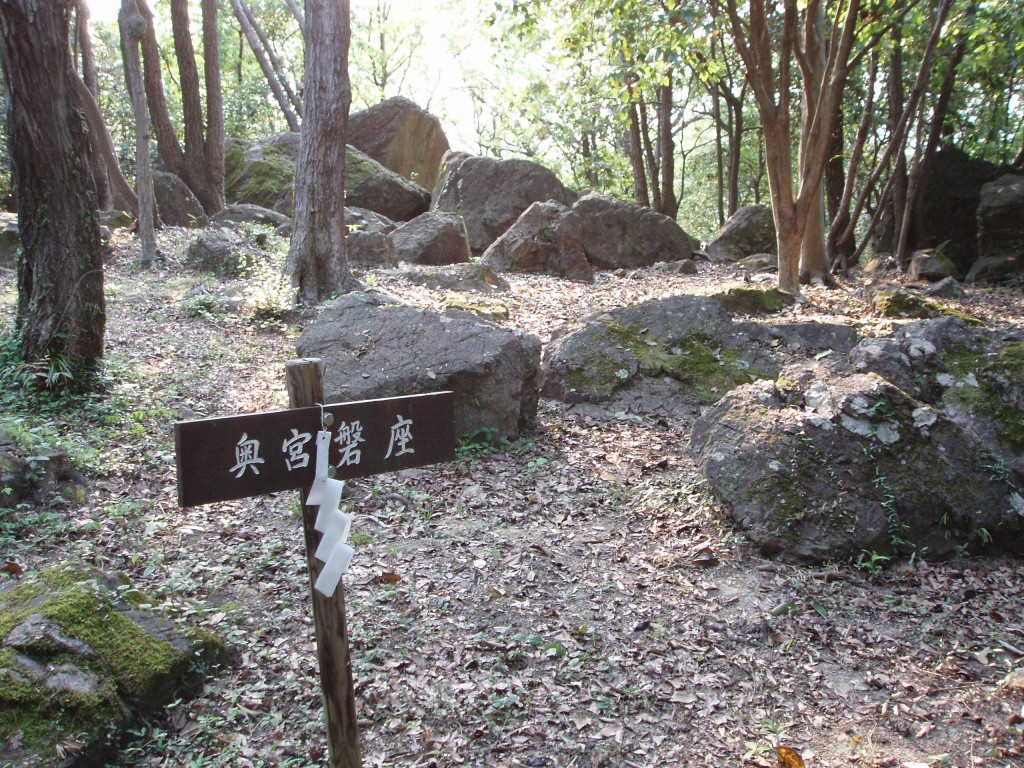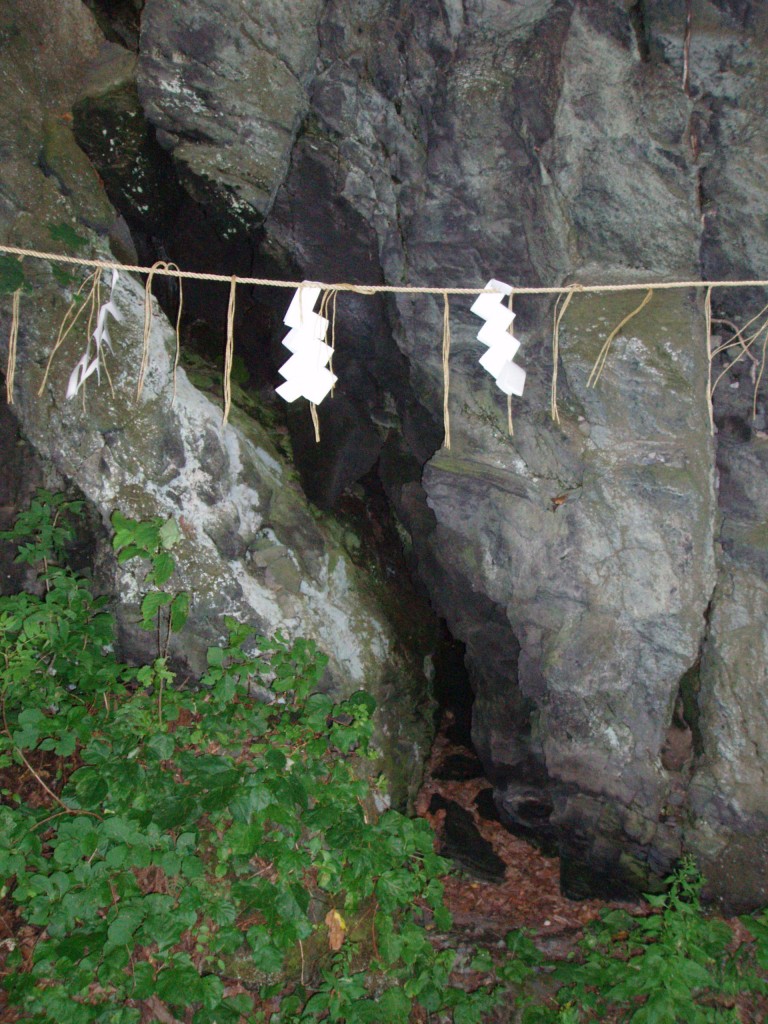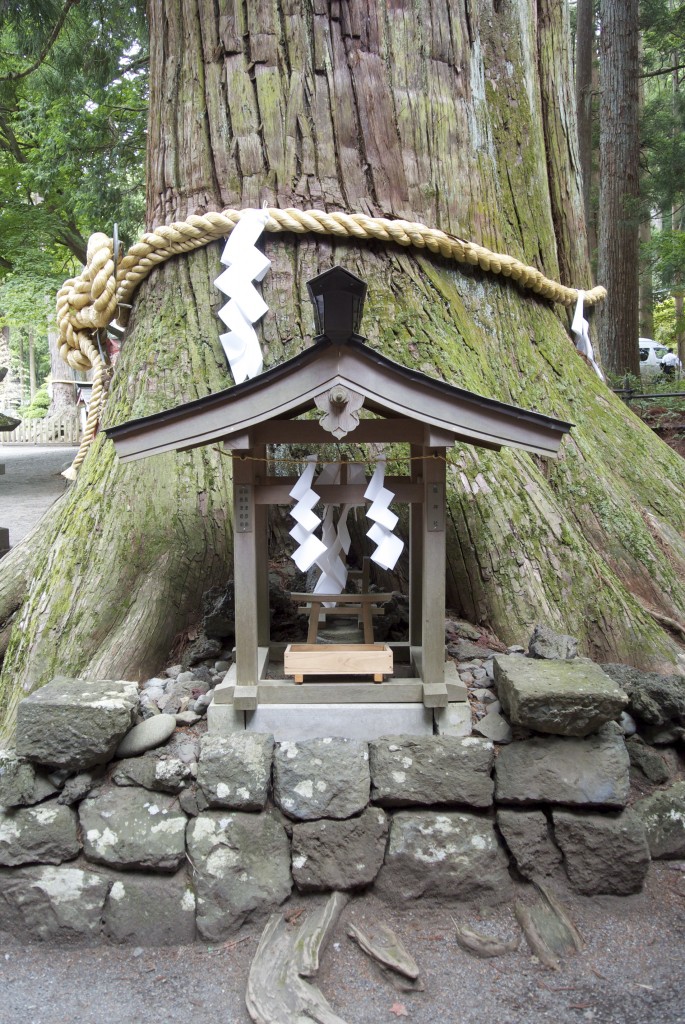
In 1955 the head of Yamakage Shinto, Yamakage Motohisa, met with a Shinto researcher called Jean Herbert. Together the pair visited something like 1000 shrines, and the research was eventually used in Herbert’s massive book on Shinto; at the fountain-head of Japan (1967).
In the following piece, Yamakage Motohisa describes part of their trip together and how Herbert related to the animistic ‘power spots’ of Shinto. I once had a similar kind of experience when accompanying a priest sensitive to the spirit of place on a trip to various sacred sites.
“Different places on the face of the earth have different vital effluence, different vibration, different chemical exhalation, different polarity with different stars: call it what you like. But the spirit of place is a great reality,’ wrote D.H. Lawrence. One aspect of Shinto is the celebration of that.
************************************************
To show that Shinto is so closely related with Nature, I thought it vital to take him to some natural sacred place, somewhere deep in the mountain as the archetype of Shinto shrine, where there were but some rocks.
 He was sensitive enough to feel the natural vibrating energy; when he sensed the incredible energy coming out of such a ‘purified’ place for the first time, he looked greatly surprised, just asking “why …. why … why…”
He was sensitive enough to feel the natural vibrating energy; when he sensed the incredible energy coming out of such a ‘purified’ place for the first time, he looked greatly surprised, just asking “why …. why … why…”
“Because this is a Natural-Spirit Zone.” I said.
“We didn’t feel such a strong vibration in the shrines we visited.” he said.
“Because their buildings are what man made. They are not natural or pure.”
Then he asked: “Why, man should be Child of Kami according to Shinto.”
“In its radical sense, Yes, however, man has a lot of Kegare, spiritual pollutions. And who do you imagine comes and prays here, far away from the town? They come and pray for thanks…”
“Thanks for what?
“Thanks for — that I am fine, happy today. Their prayer is never for selfish desires. But most people visiting big shrines in the town will often give bad vibration with their egoistic praying. So I admit not all shrines in Japan are purified.”
“Hindu is also ‘natural’, isn’t it the same as Shinto in this sense?” he said.
“No.” I answered.
“Why?”
“Because some deities of Hindu are ‘hand-made’(artificial).”
Dr. Herbert smiled, then.
But in fact it is not only in Nature but also somewhere in the city that Natural Shinto is still breathing, secretly. We went to a very small shrine called Karasumori-Inari, situated in a back street surrounded by taverns in the middle of Tokyo. It was so small that no priest took care of it. But, once he entered its space, he could feel that ‘purifying’ vibration, which created a sacred place, different from the surroundings. He was amazed to find that ‘Natural Shinto’ is alive still in the middle of Japan.
Since he learned to feel the Natural-Spirit vibration, he tried by himself to examine every shrine we visited. When we reached the area of a shrine, he as a rule stood for a moment to feel its vibration, good or bad. and then asked me if his sense was right or not, to make sure. Such practical, deep experiences made a great contribution to his penetrating the core of Shinto. the natural power of purification.


Leave a Reply